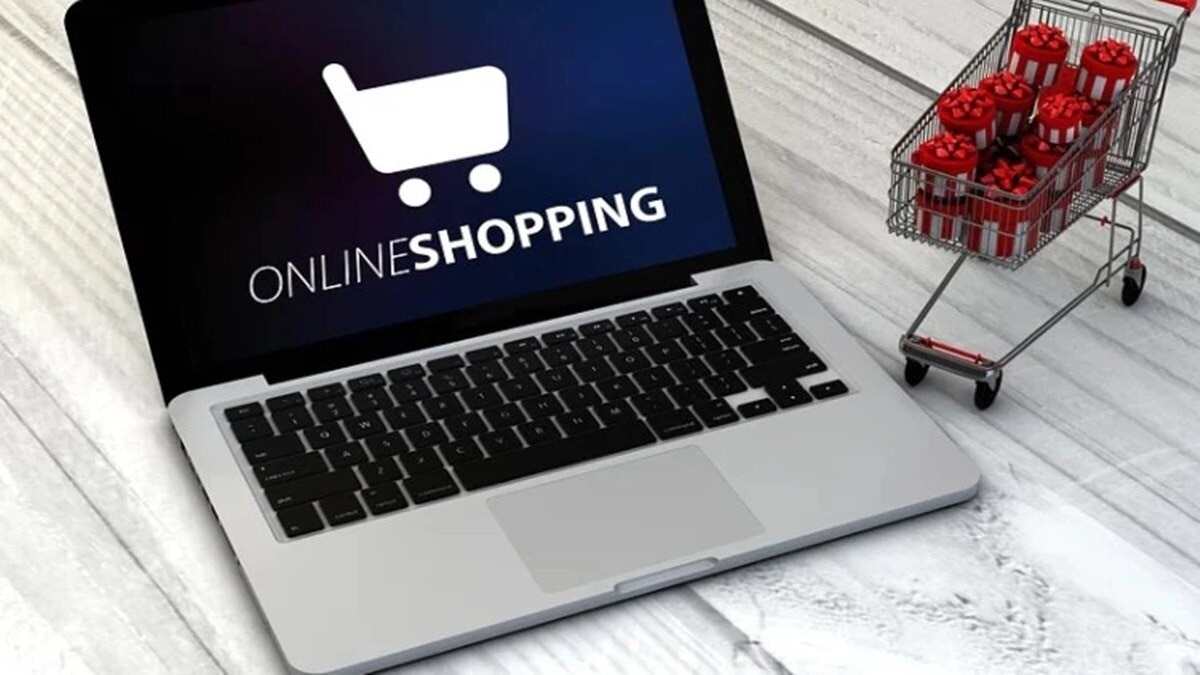The rise of direct-to-consumer (D2C) brands and the rapid growth of quick commerce are together reshaping India’s post-pandemic retail landscape. What began as a digital push to bypass traditional retail and connect directly with customers — driven largely by the value of owning first-party data — has now evolved into a race against the clock. Today, it’s not just about reaching consumers directly, but doing so faster than ever.
In India’s growing $3.5 billion quick commerce market, D2C brands are increasingly tying up with hyperlocal delivery players to ensure products are delivered within hours or even minutes, instead of days. Speed is no longer a luxury but a core differentiator.
“Speed has become one of the strongest differentiators for D2C brands today. When customers receive their orders the same day, it boosts satisfaction and deepens brand loyalty. The excitement of trying products quickly also drives higher repeat purchases and reduces return-to-origin (RTO) rates,” says Anveshika Singhal, Founder of Miheso, a new-age clean-label food brand.
With nearly 1,000 D2C brands operating in the country, India offers a thriving market for such fast-paced delivery models. While access to consumer data continues to be a key advantage for D2C players, logistics providers are evolving rapidly to keep up with rising expectations around speed and service.
Abhiroop Medhekar, Co-founder of Shipfast, a shipping aggregator that brings multiple courier partners onto a single platform, explains how the model works. “We consolidate regional logistics players to ensure consistent coverage across cities and streamline operations,” he tells Business Today. Since most D2C brands operate with just one or two warehouses, Shipfast helps them plan inventory distribution based on geographic demand, enabling faster last-mile delivery from the closest location.
While it may seem more efficient for D2C brands to partner directly with major logistics companies, Medhekar disagrees. “Technically, yes — but it’s inefficient,” he says. “A top player in Mumbai might not have a presence in Delhi, forcing brands to manage multiple partners. Plus, our aggregated demand unlocks better terms for clients.”
Quick commerce is also changing the way brands think about distribution altogether. Madhav Kasturia, Founder and CEO of Gurugram-based Zippee, notes, “It’s no longer just about visibility. Speed, experience, and customer retention are all on the line. For many brands, this isn’t just a test channel anymore. In key cities, it’s driving meaningful revenue.”
For brands like WYN Wellness, the advantages go beyond logistics. “Since orders are placed directly on our website, we’re able to track customer buying patterns and gather key insights like purchase frequency and browsing behaviour,” says Founder Aditya Belose. “These insights help us forecast demand more accurately and manage inventory efficiently.”
As D2C brands scale and quick commerce players ramp up their capabilities, one thing is clear — speed, powered by data and logistics intelligence, is now at the heart of India’s new-age consumer economy.
